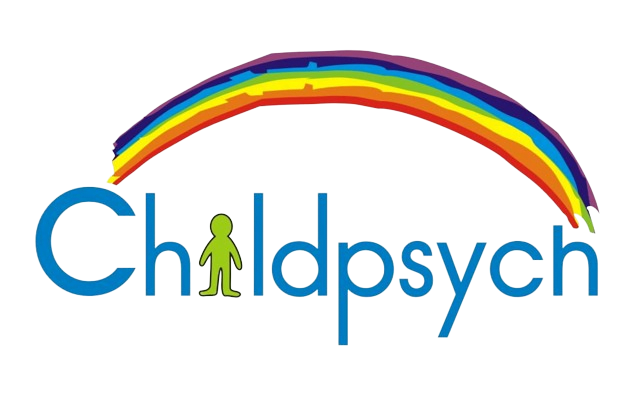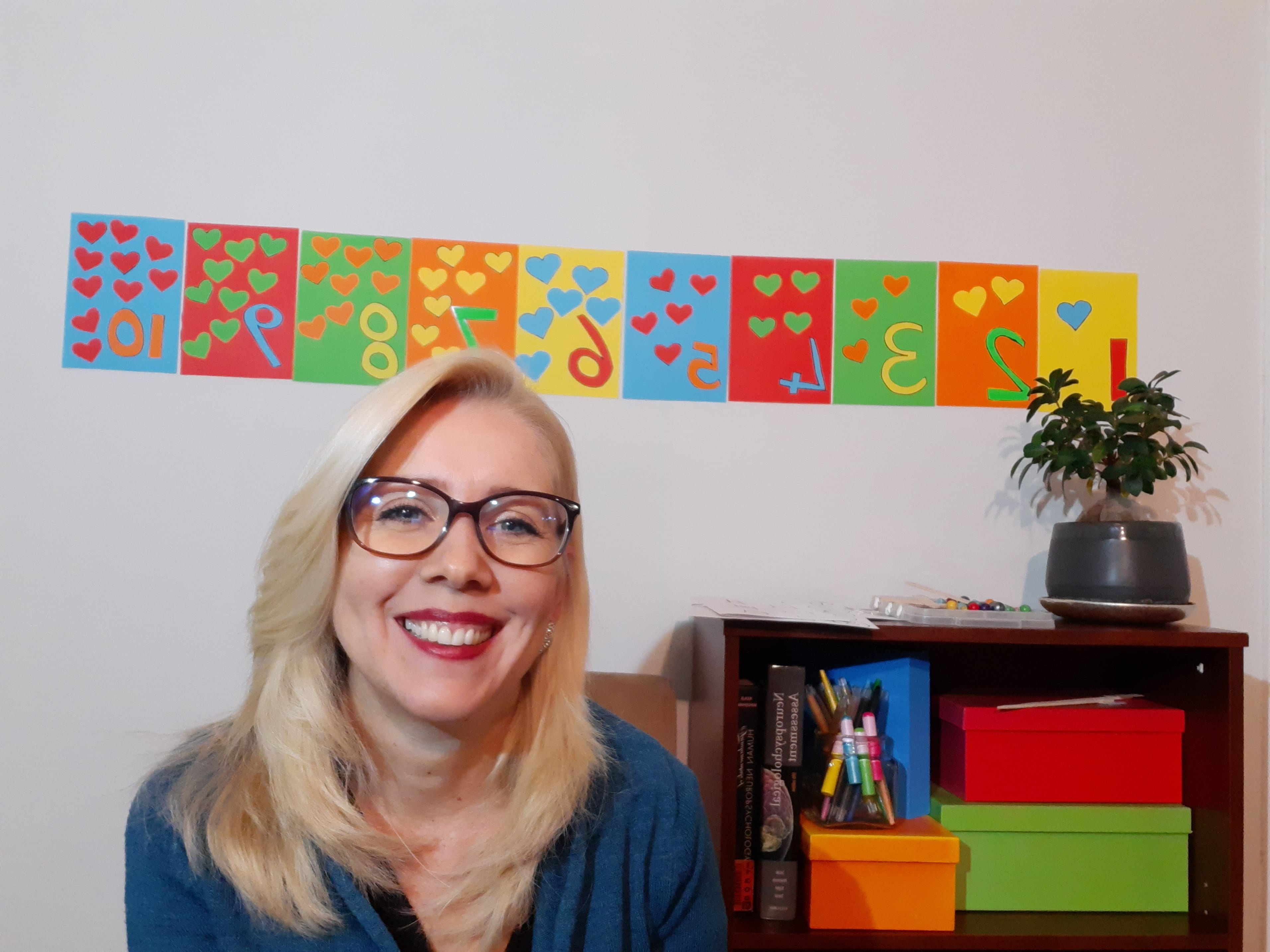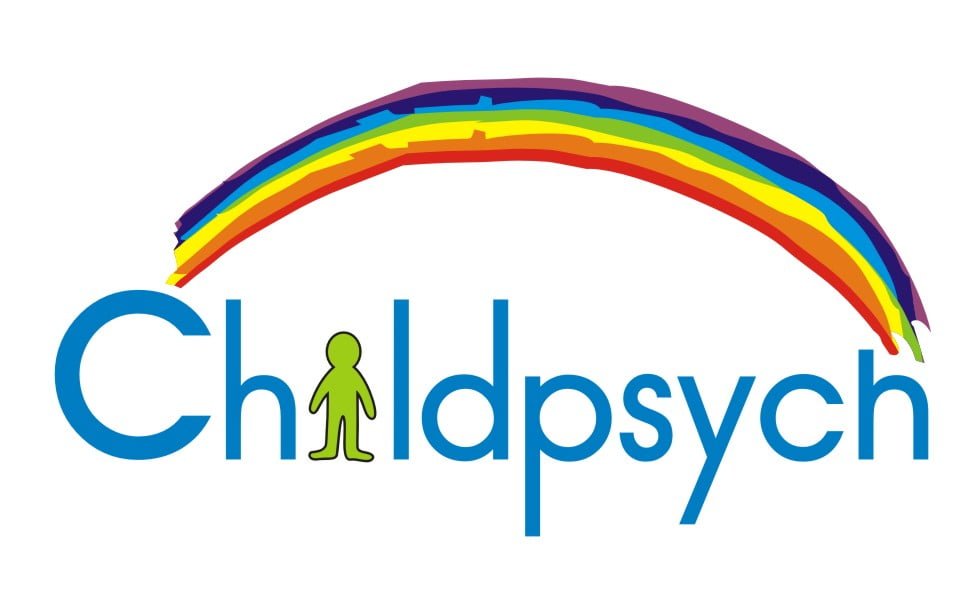I can’t believe that we are already at the 7th video blog in our early learning series! Thank you all for your support on this journey in making early learning available to every household.
We often think that the first step in teaching children to do Maths is to teach them what the numbers look like. But there is so much more that needs to happen before that! Remember that numerals are merely abstract symbols that represent quantities. They hold no inherent meaning for kids. As adults we use numbers so often in our everyday lives that we tend to forget we needed to learn the meaning of numbers too when we were little!
Here is the process through which early numeracy skills develop:
Children need to develop a Maths Vocabulary:
Make use of words such as plus, minus, divide, equals, etc in your everyday interactions with your children. Shopping, cooking, baking and measuring activities lend themselves perfectly to this. Be sure to also check out the awesome home-made scale we made with a clothes hanger in the video above!
Next teach the sequence of numbers:
This is called rote counting. And it simply means simply repeating the sequence of numbers from 1 upward. Young children usually learn to count from 1 to 10 easily. But I find that they usually get stuck on 14/15 and again on 16/17. I think it may be because these words start with the same letter and so tend to sound the same. It might help to put special emphasis on these numbers when counting with your child. Counting backwards is also an important skill.
Ways in which to practice this are:
- Use bottle tops, stones or shells as counters
- Play Snakes & Ladders
- Check out our awesome home made abacus from a Tupperware lid in the video
- Draw your own Hopscotch
Then start counting objects:
During object counting children the all important one-to-one concept. This means that each number represents one object. Encourage young children to touch the objects as they count them. This way it easier to keep your place.
Practice this by:
- Playing card games like Go Fish
- Playing Dominoes (we made our own from ice-lolly sticks in the video above)
- Playing with Dice
Introduce the numerals (symbols):
The number we know and use are part of the Arabic Numeral system. Some schools actually start by teaching young children the Roman numerical system. If you think about it this does kind of make sense. It is much easier to understand that III instead of 3 represents the number three. When teaching children to recognise the Arabic numerals, make sure to combine this with the quantity For instance, place two dots next to the number 2 and three dots next to the number 3, etc. Once they are familiar with the numerals, present them to them in a random order. This is the true test of whether they really know the numbers.
Get to know your numbers by:
- Using playing cards
- Numbering the backs of puzzles (check out our home made puzzles in the video)
- Completing numbered dot-to-dot pictures
- Make numerals with sticks
- Design a treasure hunt
Lastly, children learn to manipulate numbers.
During this last stage children learn to add, subtract, multiply and divide. Look out for our video next week as I show you how to introduce these functions to your children.
Follow us on Facebook and Instagram for regular updates on this series!
Other videos in our Early Learning Series includes:
6 Mistakes parents make in teaching a child to read




